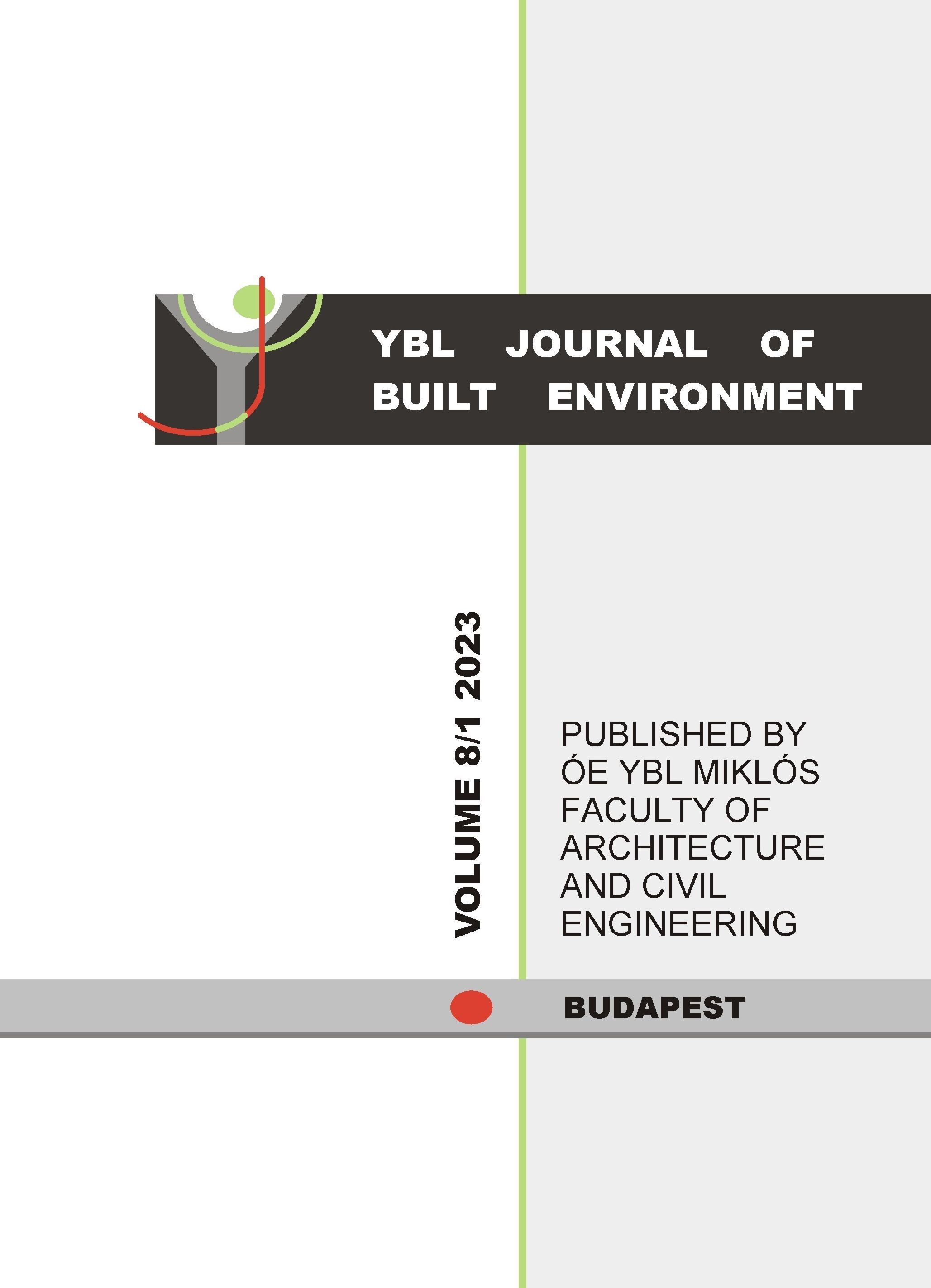A Contemporary Interpretation of Vernacular Architecture. The Architecture of Nail Çakirhan, Turkey
Keywords:
Vernacular architecture, Regionalism, Nail Çakırhan, Traditional Architecture, Architectural and Cultural Sustainability, Aga Khan Prize, TurkeyAbstract
As a product of native masters of the vernacular and the accumulation of thousands of years of tradition, local architecture embodies the physical and sociocultural characteristics of the environment of which it is a part. This is an indigenous architecture that displays the character of multiple and unknown local contributors and openly reflects the traditions, culture, experience and customs of the people it serves. Vernacular architecture differs according to the physical conditions of each region, becoming an expression of the culture of that area. Underlying it is the ancient wisdom, experience, skills and mastery that is transferred from generation to generation. The vernacular in architecture is the direct and unconscious translation of a society’s culture into physical substance within the framework of specified needs. It draws from tradition and with time, provides a social and cultural documentation that is passed on from one generation to the next. The aim of the study is to examine the residential works of the self-taught architect Nail Çakırhan, one of the most adamant defenders of vernacular architecture in Turkey and a recipient of the Aga Khan award in 1983, in the context of the house he built for himself using the local architectural materials of the region of Ula, where he was born, and the residential buildings he created in Akyaka, in an attempt to analyze Çakırhan’s contemporary interpretation of local architecture.
Downloads
Published
Issue
Section
License
Copyright (c) 2024 YBL Journal of Built Environment

This work is licensed under a Creative Commons Attribution-NonCommercial-NoDerivatives 4.0 International License.


